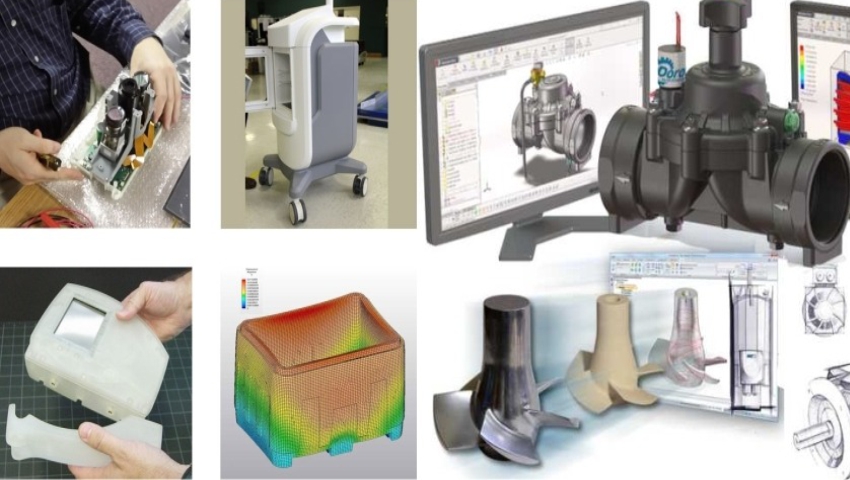Plastic Product Design And Development
Plastic product design involves the knowledge of designing a product and materials for plastic production. The product design and strength of plastic material should be good enough to withstand application forces.
Elements of Product Design
- Identifying the materials for the product.
- Identify a clear purpose for the product.
- Designing the product according to the requirements.
- Conducting force analysis to find out areas of improvement in the design.
Factors Vocal Tech Considers Before Developing a Product
- Concept of your product – Having a basic idea of your product and turning that idea onto paper.
- Conducting research – Need to know the product reality by having market research like the demand and supply, availability of raw materials, quality, material to be used for product development, and the market cost of the product.
- Product Design – Designing of product based on the function, concept, and research.
- Testing of Design – Testing of design by applying forces and motion to the design in CAD.
- Redesign and redevelop based on the results of the tests and proceed ahead only after addressing all the issues from the tests. Manufacture, assemble, and conduct tests again. Look if there is any further development required.
- Develop a fully functioning product.
Plastics are considered over other materials because plastics have high strength, low weight, less reaction to the atmosphere, low cost, and are more durable than other materials.
Factors to Consider while Selecting the Materials
The materials chosen have an impact on the strength and functionality of the product.
The material should be
- Allowed by the regional government, considering environmental and recycling factors.
- Price of resin material.
- Temperature and chemical resistance.
- The surface finish is provided after cooling.
- Availability of resins for the amount of production.
-
Wall Thickness and Radius
The Wall thickness of the plastic product is directly proportional to the radius of the part. It helps to reduce stress and catastrophic failure. These types of defects may occur if there is no consistency in wall thickness as thick areas tend to cool slower as compared to thin walls, as the plastic flow is restricted and may face some resistance. Designing mold with consistent thickness and rounded corners helps the plastic to flow easily.
Drafts
Drafts are required to avoid damage to the mold. Drafts are the amount of taper provided to the vertical walls that range between 1° – 2° to sustain damage during mold ejection.
The planning of Gates and Shrinkage Factors
Deciding the gate locations should be done according to the path of resin flow and by considering the shape of a product. The flow of resin should be planned to encounter the factors like mold shrinkage and voids.
We at Vocal Tech Solutions follow a set of standard procedures for the design and development of plastic products. We refer to all stages, from product ideas to designing and manufacturing of that product. From identifying the market needs to find opportunities for improvements in quality, start a project with Vocal Tech Solutions as we have worked in every aspect and have years of experience, and explore our all design solutions.


